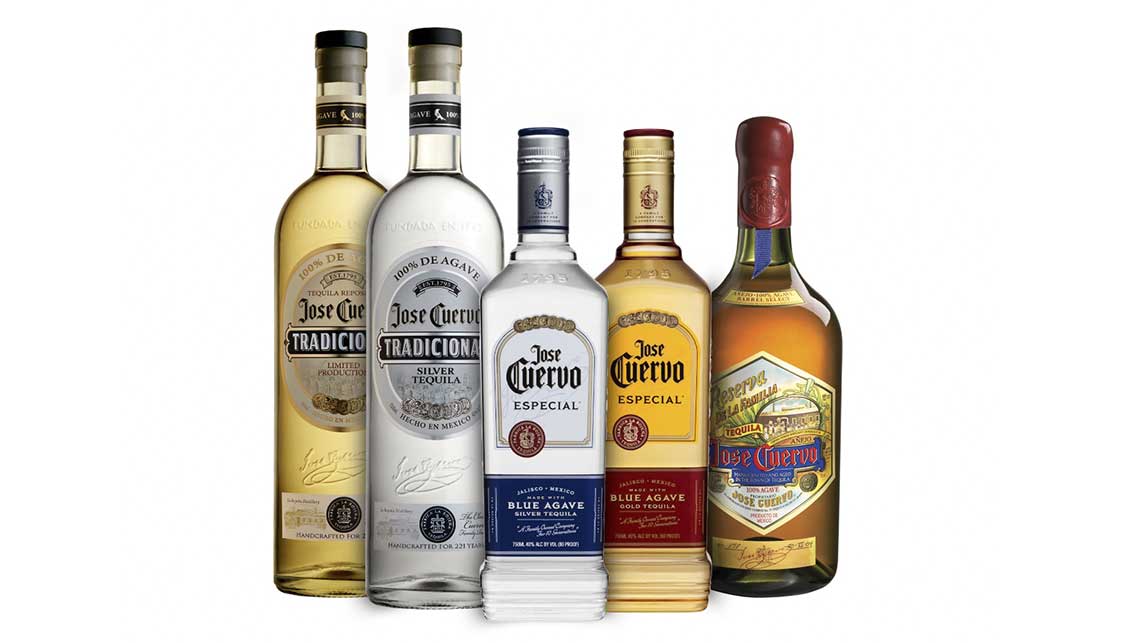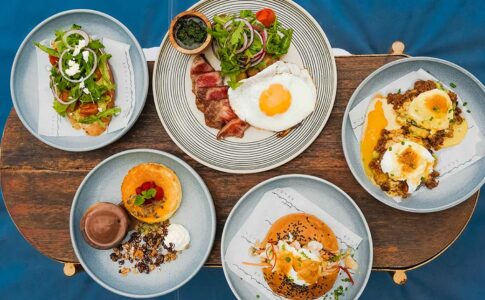
Who doesn’t love Jose Cuervo? The number one tequila in the world – with over 200 years of tequila making experience and craftsmanship passed down through 10 generations of entrepreneurs, risk takers and innovators – is today led by a family member of the Cuervo clan. In 1795, José Maria Guadalupe Cuervo y Montaño was awarded the first Royal license to produce and distribute tequila. The family has been producing tequila at La Rojeña Distillery, the oldest distillery in Latin America, for more than 200 years.
Located in the heart of Tequila, Jalisco, La Rojeña Distillery is the oldest functioning distillery in Latin America. This is where the company’s premium tequilas such as Reserva de la Familia are still produced. Jose Cuervo also owns the largest holdings of agave in the world, nestled in rich, volcanic soil. Caretakers, called “Jimadores,” cultivate and harvest the agave. Jose Cuervo plants the agave shoots between March and July to avoid the months of excessive rain. The shoots, on average, take seven years to reach maturity.
Once the agave has been harvested and pruned, the agave’s cores or “piñas” are sent to the distillery. The cooking of the piñas refines the taste of the tequila. Even today, this process is carried out completely in the artisanal tradition, requiring 36 to 40 hours in a brick oven. Eight hours after cooking, the piñas are taken to four mills for grinding. The first one is known as the shredding machine: its multiple blades shred the agave into small pieces. The chunks are then ready for the second wheel, which smashes the pieces to extract the juice. The next two are extraction wheels, where the juice, known as must, is separated from the bagasse.
The resulting must is sent to the fermentation tanks. After 50 hours, the juice is completely fermented. The next steps – distillation, condensation, and rectification – produce a drinkable product known as white tequila.
The tequila is rested and aged slowly in barrels; during this time it acquires the gustatory and aromatic features of wood. The toasting of the barrels is the key to their aromatic yield. There are three degrees of toasting: light, medium and strong; each determines a different tequila profile. The barrels are also lightly sprayed with water so that the wood absorbs humidity to prevent evaporation of the tequila aging inside it.
Make Jose Cuervo your tipple at the next Yak event.
































